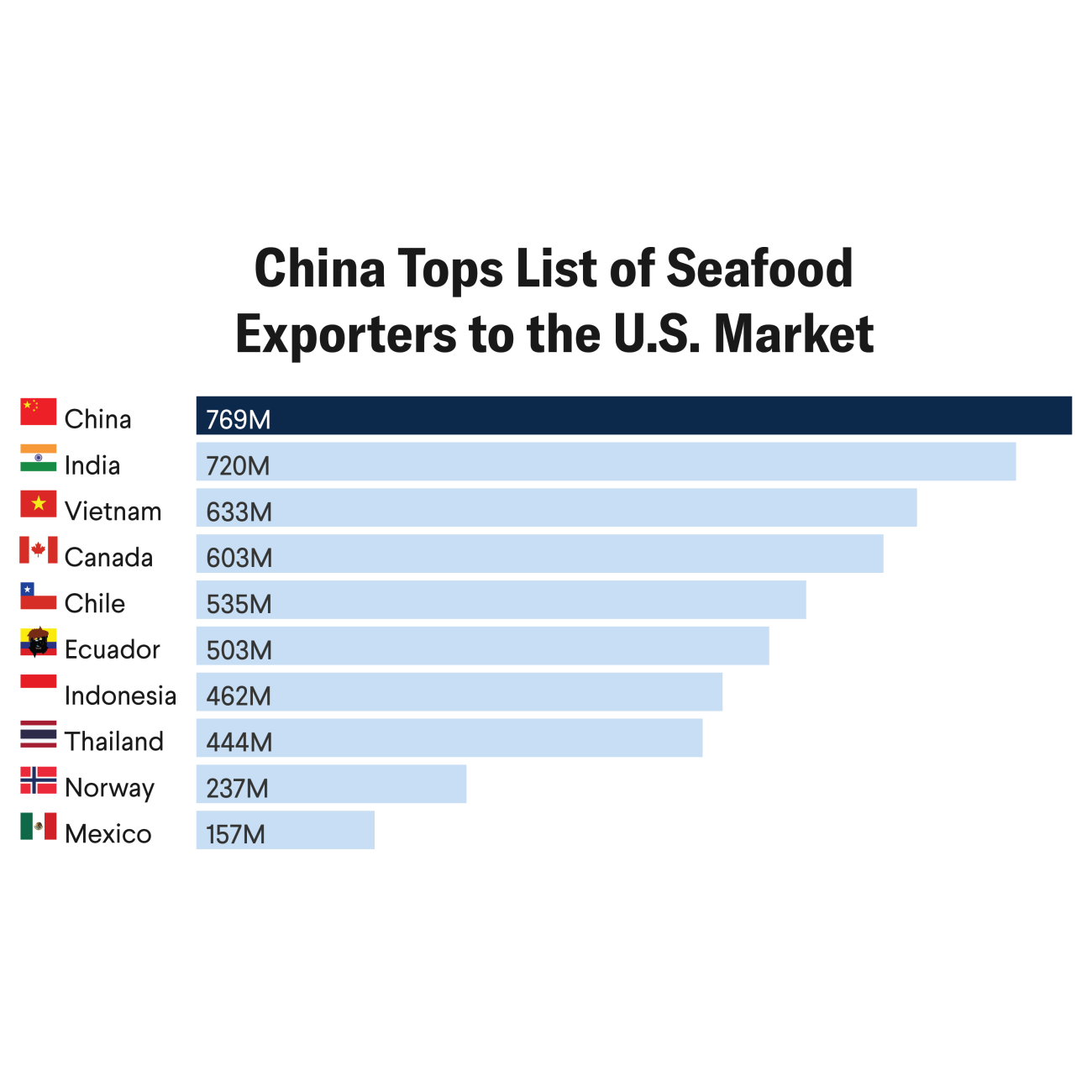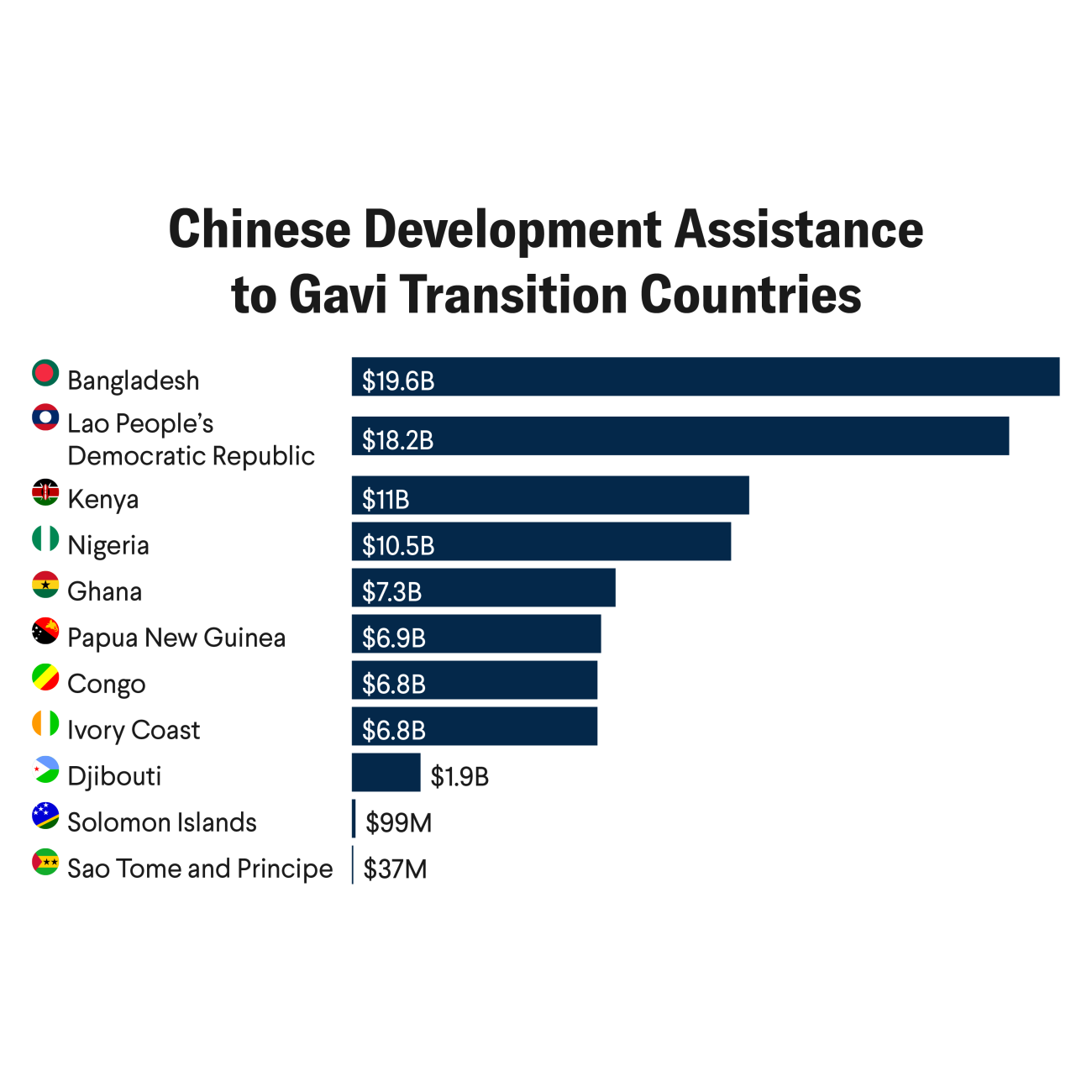My kids ran away with my iPhone the other day while chasing a virtual Pokémon on the other side of the park. I panicked.
I was afraid that they would accidentally drop and break it or have trouble sharing it. I was not worried, though, that they would inadvertently use the phone to disable critical infrastructure, derail a passenger train, or trigger a cyber Pearl Harbor.
When, in 2012, then U.S. Secretary of Defense Leon Panetta referenced the Pearl Harbor disaster in warning about the rise of cyber threats in a world increasingly dependent on internet-linked digital technologies, cybersecurity policies and practices in the public and private sectors were woefully inadequate. The revolution in powerful cyber technologies triggered urgency in building cybersecurity strategies and capabilities.
Cyber threats have not disappeared. The information technology landscape, though, has evolved to equip governments and companies to make remarkable strides in cybersecurity over the past decade, to the point that even children freely use powerful computers with 24/7 high-speed internet connections.
The emergence of improved cybersecurity across information technologies can point the way how to secure another technological domain undergoing revolutionary change—biotechnology. The tools of biotechnology continue to improve rapidly, and governments, including that of the United States, are rightfully prioritizing biotechnology in their economic and security strategies. Now is a good time to consider how lessons from securing digital tech can guide efforts to safeguard the potential of the bioeconomy.
Biotech Becomes Strategic
The U.S. government expects biotechnology to have "outsized importance over the coming decade" in the context of geopolitical competition. Across the Atlantic, the European Commission has declared that "advances in life sciences, supported by digitalization and artificial intelligence (AI), and the potential of solutions based on biology to solve societal issues, make biotechnology and biomanufacturing one of the most promising technological areas of this century."
Now is a good time to consider how lessons from securing digital tech can guide efforts to safeguard the potential of the bioeconomy
Likewise, China's fourteenth Five-Year Plan prominently featured biotech and aims to position China's bioeconomy at the forefront globally. Germany, Japan, Saudi Arabia, Singapore, and the United Kingdom are similarly looking to biotechnology to meet major environmental, economic, and security challenges. The new and intense prioritization of biotech is, according to U.S. National Security Advisor Jake Sullivan, motivated by advancements in the ability to "read, write, and edit genetic code, which has rendered biology programmable."
Sullivan is right. Computers run on binary code. Cells also operate through digital code called DNA. Depending on its DNA sequence, a cell can be programmed to produce, for example, a therapeutic drug or inputs for food, agriculture, pharmaceutical, or chemical products. Analysts at McKinsey Global Institute have estimated that programmed cells can produce up to 60% of the physical inputs to the global economy. In short, most things manufactured using traditional industrial processes—such as plastics, fuels, materials, and medicines—can soon be made through biomanufacturing and synthetic biology.
The growing interest in leveraging biotechnologies has stimulated an increasing focus on mitigating risks associated with intentional or accidental misuse of more powerful biotech tools. Conventional wisdom suggests that, as the tools of biotechnology become more powerful, mechanisms to mitigate risk could become increasingly limited. But it does not have to be that way. Technology can become both more powerful and more secure.
In fact, that is what happened in the information technology space. Changes in the way people used digital tech helped bring about improved approaches to handling cyber threats. That experience provides lessons for safeguarding biotechnology and the strategic importance and economic promise of the bioeconomy.
The Digital Economy's Structure Facilitated Cybersecurity
In the early days, the information technology landscape was marked by isolated systems and diverse software applications that created a fragmented and often insecure environment. Over time, the desire for greater efficiency and more scalability led to increased centralization in the form of at-scale service providers. Simultaneously, cybersecurity also improved.
Consider cloud computing: Amazon Web Services, Microsoft Azure, and Google Cloud meet the need for government agencies and businesses to access scalable and flexible computing resources without the high costs and complexities of establishing and maintaining the workforce and physical infrastructure associated with on-site data storage. Cloud computing platforms offer on-demand services and allow organizations to pay for only what they use, significantly reducing overhead while enabling access to cutting-edge services. In many ways, cloud computing has transformed the digital age.
Similarly, app stores, such as Apple's App Store and Google Play Apps, revolutionized software distribution. Those marketplaces reach a global audience of users, reduce the barriers to entry in the software market, and provide a trustworthy, convenient experience for users.
Platforms helped establish a multilayered approach that raised the bar for cybersecurity across the entire digital ecosystem
Cloud computing and app store innovations also created opportunities to improve cybersecurity. For example, cloud computing companies not only streamline processes and services but also provide security through standardized protocols, regular updates, and controlled access. Cloud platforms deploy advanced security measures, including sophisticated encryption techniques and threat detection systems.
Centralization also facilitates the rapid deployment of security updates and patches, prompting operators and systems across cyberspace to address vulnerabilities quickly. Likewise, the app ecosystem allows for rigorous vetting of apps and authorization of developers under high standards of security and quality before consumers—whom app stores also often authorize and authenticate—use the apps.
The emergence of those centralized service providers enabled greater scaling of the digital economy and, at the same time, addressed cybersecurity challenges that a fragmented ecosystem could not handle. Platforms helped establish a multilayered approach that raised the bar for cybersecurity across the entire digital ecosystem.
Bioeconomy Trends Mirror the Digital Economy's Development
The evolution of cybersecurity across the digital ecosystem offers a roadmap for the bioeconomy. Initially, decentralized systems opened doors to cybersecurity vulnerabilities. The shift toward centralization, partnering, and standardization in digital technologies and services proved instrumental in better mitigating those risks. Similar trends are evident in biotechnology.
The biotech field is transitioning from a fragmented landscape of research and development (R&D) toward more integrated and standardized platforms that support increased scaling of the bioeconomy. That ongoing shift can help establish a robust framework of biosecurity that parallels the improvement of cybersecurity in the digital realm.
Consider traditional approaches to developing biotechnologies. Like the digital information sector in its early stages, biotechnology work has generally taken place in a decentralized ecosystem, relying on expensive, laborious, slow, and uncertain experimentation across many labs and teams. Basically, scientists painstakingly manipulated biological materials at lab benches, akin to the era when digital programming and data processing required deep technical knowledge and bulky, expensive mainframes. The history of biotech development is marked by a relatively slow pace of discovery and high barriers to entry, just as early computing was limited to those with access to sophisticated equipment and the expertise to operate it.
Today, in a transformation that parallels the digital revolution, biotechnology is moving away from specialized, resource-intensive, and decentralized processes to service providers that embrace scale economics to offer more cost-effective and productive services, thus enabling a broader range of applications. That trend in biotech is multifaceted, but includes, for example, providers of R&D and DNA synthesis services.
Envisioning a Secure Bioeconomy
Those shifts open opportunities for enhancing biosecurity. Consider the role of R&D platforms that provide services for companies and other actors across the bioeconomy. Those platforms function like cloud computing by offering faster, better, and cheaper results than traditional do-it-yourself approaches. In particular, in the context of building and training AI tools for biology, innovators are hungry for experimental data like never before, and external, purpose-built facilities are well suited to deliver that data on demand. Akin to cloud computing, those R&D platforms also stand to enhance safety and security within the biotech ecosystem.
For example, centralized R&D services are well positioned to adopt and implement security best practices and safety protocols. Biotech users can leverage reliable, standardized services while reducing the risks associated with conducting complex biological experiments independently. In a world where researchers can order biological data online and tap into trusted platforms to conduct experiments, innovators will benefit from improved convenience and efficiency as well as tested tools and validated methodologies that help ensure a higher degree of accuracy and safety in experimental outcomes. Accurate and safe outcomes are crucial in biotechnology, where errors or unintended consequences can have far-reaching implications.
Put simply, outsourcing to at-scale R&D service providers can accelerate biotech discovery and innovation and, at the same time, contribute to a foundation of trust and security that is crucial for the responsible advancement of the bioeconomy.
Similarly, companies that specialize in DNA synthesis services provide another way for at-scale service providers to enhance security within the bioeconomy. Such companies, equipped with advanced technologies and expertise, are better positioned to screen orders for DNA sequences and mitigate the risks of accidental or intentional synthesis of hazardous genetic material than researchers and organizations that only occasionally synthesize DNA.
DNA synthesis service providers are more likely to have the resources and specialized knowledge to thoroughly assess the implications of every DNA sequence they create. Such entities can implement stringent screening protocols that flag and prevent the production of potentially dangerous DNA, such as sequences associated with pathogens or toxins. DNA synthesis as a service not only streamlines an important production process, but also creates incentives to strengthen security. That approach reduces the likelihood that harmful genetic materials are inadvertently synthesized and offers a pathway toward a safer and more secure environment for genetic research and experimentation.
Achieving a secure bioeconomy is imperative for protecting strategic interests, bolstering economic growth, and advancing collective well-being
The trend toward partnership and outsourcing has already proven that it can deliver dramatically improved tools to respond to biological emergencies. Indeed, the response to the COVID-19 pandemic has shown that, when combined with public-sector leadership and support, the bioeconomy offers ready capacity to deliver advanced biosecurity tools and core capabilities of pandemic preparedness, including biosurveillance, environmental monitoring, and continuous development and large-scale production of diagnostics, therapeutics, and vaccines.
Achieving a Bioeconomy That Is Secure by Design
The shift in biotechnology toward prioritizing external services is under way and promises to increase innovation, efficiency, and reliability in the bioeconomy while improving biotech safety and security. Such a win-win outcome is not, however, inevitable.
The road to better cybersecurity has not been smooth, and continuing to make cyberspace more secure against evolving and new threats remains a constant challenge. Likewise, creating and sustaining an innovative and secure bioeconomy will not be easy. That task will confront challenges ranging from the machinations of geopolitics to the mysteries of biology.
As true of digital tech, achieving a secure bioeconomy is imperative for protecting strategic interests, bolstering economic growth, and advancing collective well-being. In that context, current trends offer hope that, one day, everyone will have an opportunity to use biotech safely and productively the way they use digital tech today.





